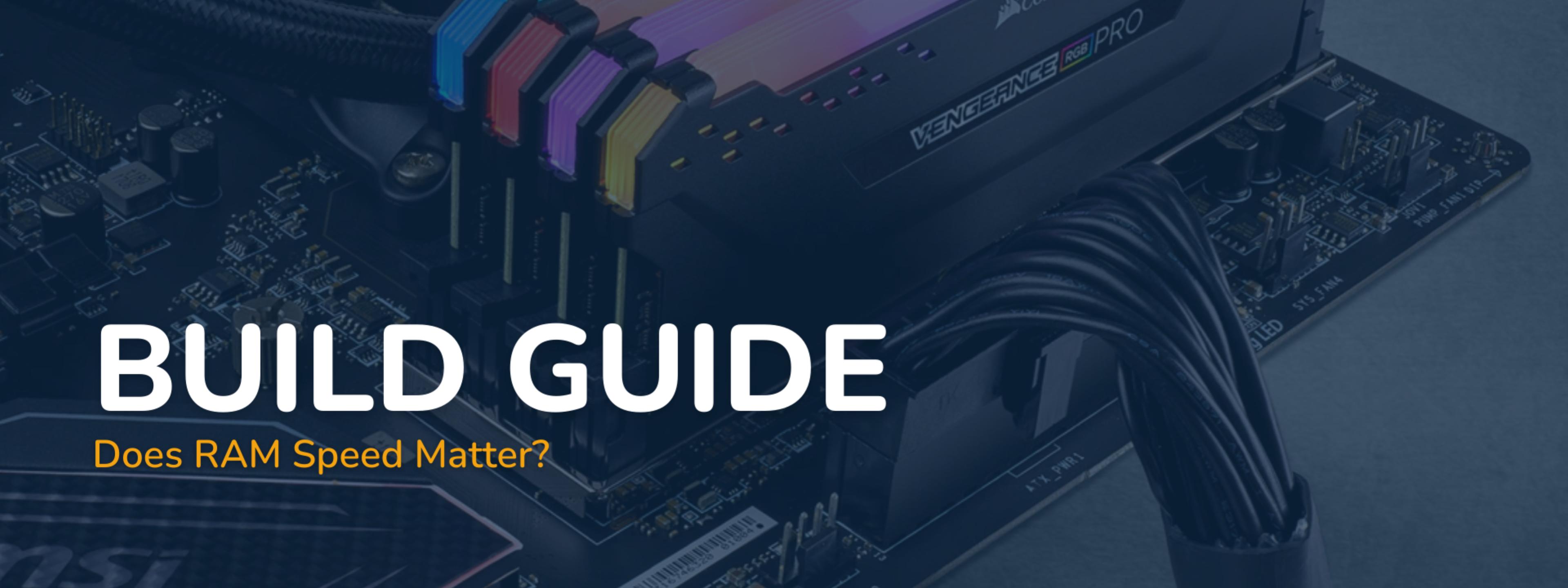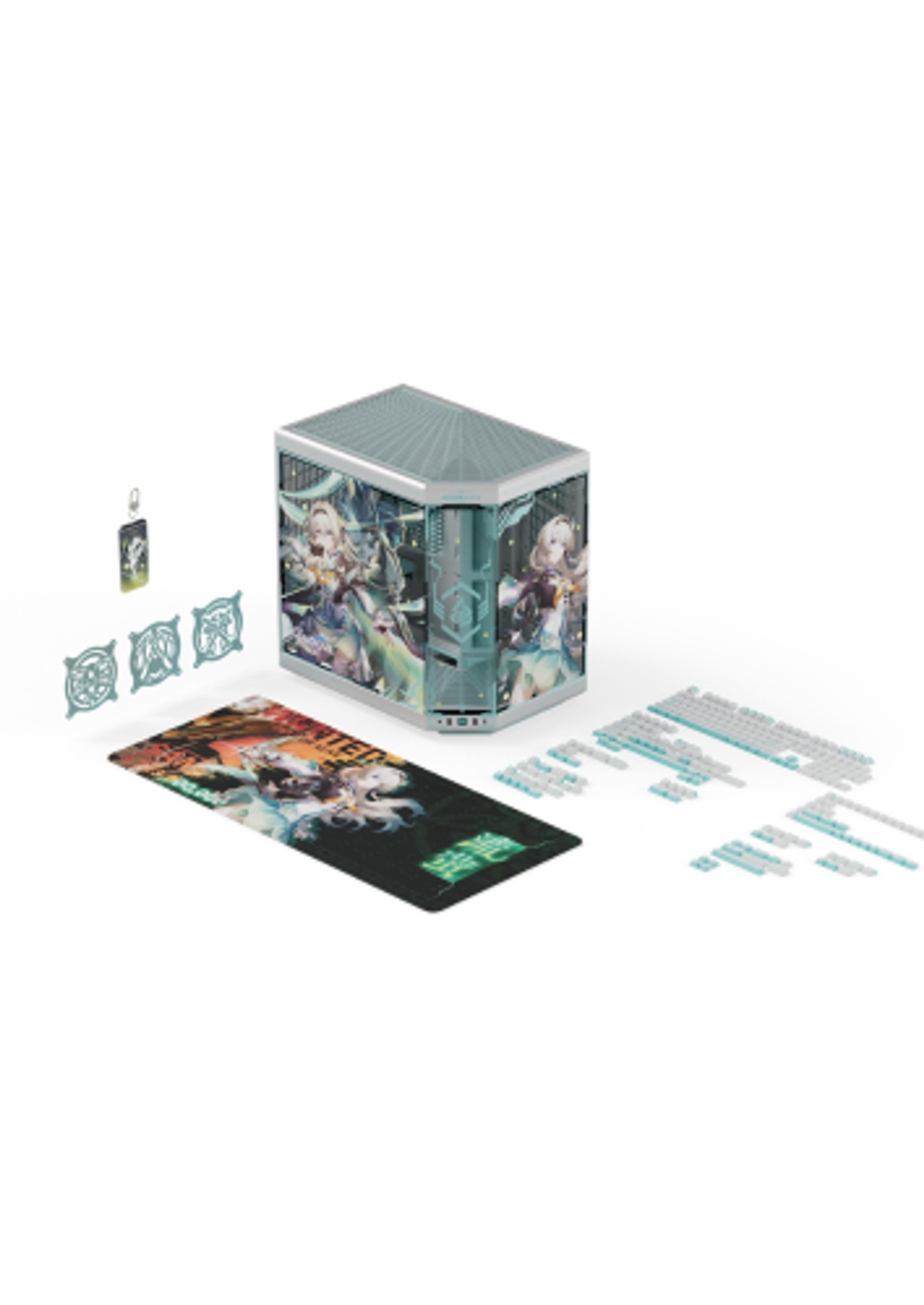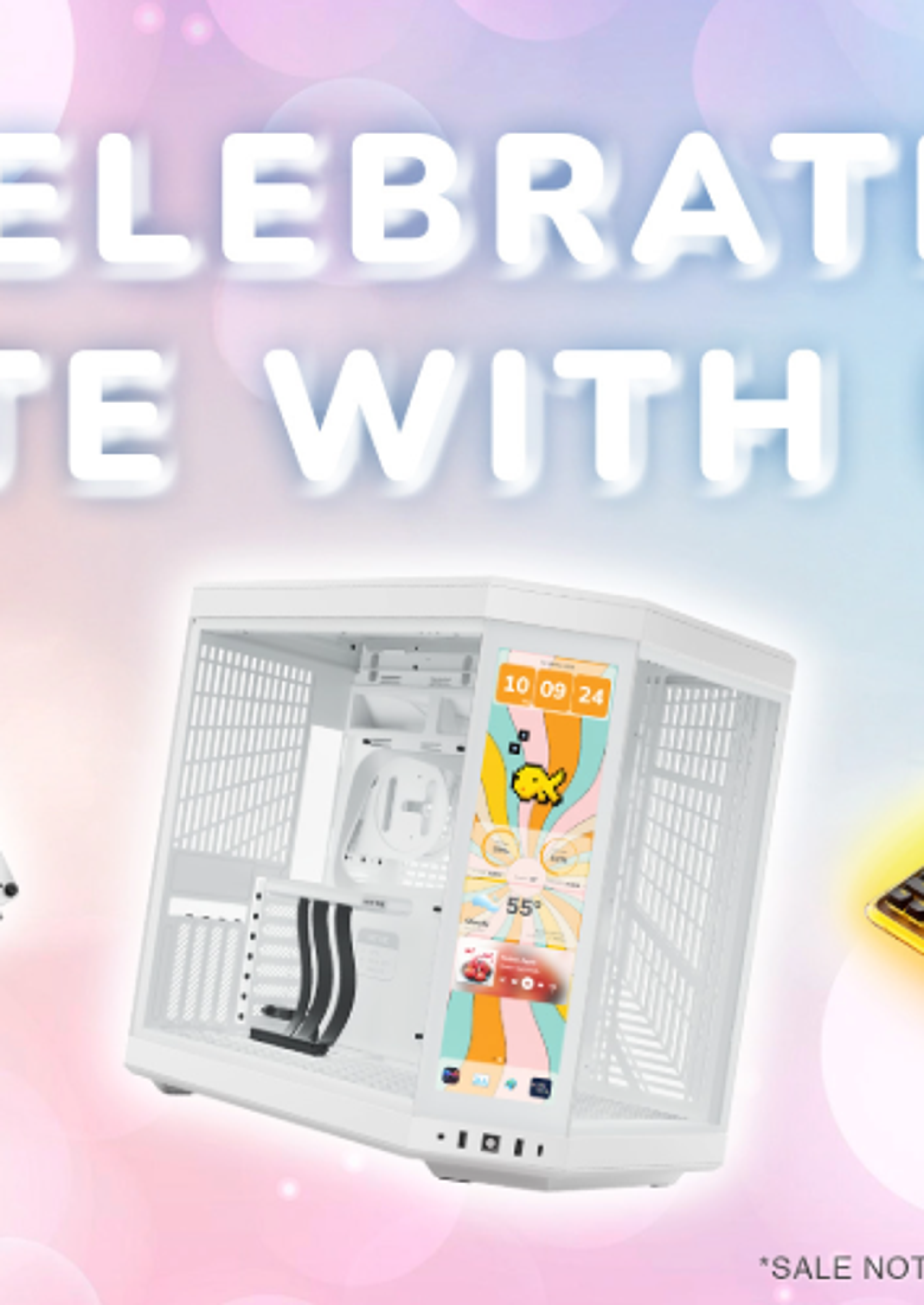
Is PCIe 4.0 Worth It?
When PCIe 4.0 was announced back in 2017, the marketing sounded great! Faster data transfer speeds should mean increased performance all over your system, right?
And yet, even in 2020, real-world testing just didn’t show a lot of benefits to current-gen builds of the time.
But it’s 2022 now, and we think it’s time for you to upgrade to PCIe 4.0 for your next build! Its one of the reasons we include a PCIe 4.0 riser card in our Y60 case.
Why, you ask? Well, you’ve clicked on the right article!
If you’re new to PC building, and to researching PCIe in general, don’t worry. We’ll break down the ins and outs of PCIe technology, the differences between PCIe 3.0 and 4.0, and how your hardware selections are informed by your choice of PCIe generation.
What is PCIe, and How Does it Work?

photo by LiquidHaus
Introduced in 2003 as PCIe 1.0, the Peripheral Component Interconnect Express is the main way your hardware connects to, and communicates with, your motherboard.
Graphics cards, SSDs, capture cards, sound cards, WiFi adapters, and more, all use PCIe to send data all over your system.
Within each generation of PCIe, you can further divide variants by the number of lanes they support. Typical versions are:
- PCIe x 1
- PCIe x 4
- PCIe x 8
- PCIE x 16
Think of these lane variants like bigger and bigger highways for information. Higher lane counts mean that more data can move through these connections. This increase can be very useful for processing-heavy components like your GPU, but other components may not need more lanes (sound cards typically need one lane, for example).
PCIe 3.0 vs. 4.0
Since these lane variations can be found in every version of PCIe, what makes PCIe 4.0 so much different from the generation before it?
The answer is simple: speed.
Data transfer rates and bandwidth have doubled with every generation of PCIe technology. PCIe 3.0 boasts a transfer rate of 8 gigabytes per second, and a total bandwidth of 32 gigabytes per second.
By contrast, PCIe 4.0 has a data transfer rate of 16 gigabytes per second, and a total bandwidth of 64 gigabytes per second.
That’s all well and good, but what do higher numbers actually mean for me, the real person using my PC?
Up to this point, not much.
Here’s the thing: data transfer speeds look great on paper, but in practice, early adopters of the latest PCIe tech will get minimal performance increases (we’re talking 1 or 2 frames per second, maybe). On top of that, it takes a while for hardware manufacturers, as well as game developers, to utilize these updates to their fullest potential.
We saw the same trend with RTX in graphics cards. Even three years after ray tracing’s release, only about 30 games had utilized RTX technology in a meaningful way.
This begs the question:
Is PCIe Gen 4 worth the upgrade now?
Our answer is: if you can afford to make the upgrade, now’s the time. Here’s why:
1. Motherboard chipsets have caught up
It takes a few years for consumer hardware to catch up to the latest PCIe tech, but we saw major steps being taken in 2021 to offer compatible motherboard chipsets, as well as CPU and GPU compatibility.
- Intel fans: the Z590 or B560 chipset will give you full PCIe 4.0 support
- AMD fans: find a board with an X570 chipset
- If you’re lucky enough to own a Threadripper, you’ll want to look for the TRX40 chipset
2. Hardware compatibility is here, too.
Motherboards are usually the first to adopt the new PCIe generations, but without compatible processors, graphics cards, and storage devices, it’s largely useless. Fortunately, the market is now full of PCIe 4.0 compatible devices.
- Intel fans: PCIe 4.0 compatibility was introduced with the Rocket Lake processor series in March 2021.
- AMD fans: you’ll find PCIe 4.0 compatibility in chips as far back as the Ryzen 3000 series (released in 2019!), and their 5000 series supports 4.0, too. Threadripper processors will also benefit.
3. Future-proofing benefits are now in sight
Future-proofing your build is heavily debated in the hardware industry, and it can be hard to determine what selections will ensure your PC doesn’t need an upgrade for a while.
With PCIe 5.0 just entering the market, and PCIe 6.0 just announced, it’s safe to say that 4.0 has become the new consumer-grade standard for a while.
5.0 and 6.0 technologies will linger at the enterprise level, as consumer software catches up to what your hardware can process, and hardware manufacturers work to implement the newest generations slowly into consumer products.
All this to say; if you upgrade to a PCIe 4.0-compatible system now, you’ll see an increase in games and software programs that will use it, and ensure compatibility and high processing power for a long time.
Does PCIe 4.0 matter for gaming?
The upgrade to PCIe 4.0 is worth it for the long haul, but especially if:
- You want to use the fastest NVMe storage devices - your games will load much more quickly.
- You have a graphics card that supports PCIe 4.0 - you’ll see a slight performance improvement now, and will see continued benefits for several years
- You want to free up more lanes for other devices - such as a capture card or sound card, if you’re building a system that can game and stream at the same time.
Can you put a PCIe 3.0 card in a 4.0 slot?
Fortunately, PCIe generations are forward AND backward compatible!
The main thing you want to remember is that your hardware’s performance will be limited by the generation on your motherboard. So a 4.0 GPU will perform at a 3.0 level if hooked into a 3.0 slot.
Conclusion

photo by LiquidHaus
If you’ve been on the fence about upgrading to PCIe 4.0, now’s the time to make the switch. You’ll have a high performance gaming PC or workstation that will last for years, and upgrade easily.
While you’re at it, why not upgrade the look of your system as well? Our Y60 case comes pre-stocked with a PCIe 4.0 riser cable, and is sure to make even budget builds look like high-end systems.
If you’re a fan of ITX cases, our REVOLT 3 case might be more your speed - super portable, compatible with most full-size GPUs, and probably the easiest ITX build you’ll find.
Good luck with your next build!
Featured Posts

Black Friday Gaming Gear & PC Deals 2025
HYTE Black Friday sales are here, and we’re excited to share the amazing deals we’ll be offering this year! Our Black Friday sales event is your chance to save big on some of our most popular products. From November 20th through December 2nd, enjoy incredible discounts on PC cases and gaming accessories that bring both performance and style to your setup. If you’re looking to upgrade, now’s the perfect time to do it with HYTE.

Official HYTE x Honkai: Star Rail Firefly Collection!
The stars have aligned, and the Official HYTE x Honkai: Star Rail Firefly Collection is ready for launch.

HYTE's 4th Anniversary Sale!
We’ve come a long way, and it’s all thanks to you! To celebrate HYTE’s anniversary, we’re giving back with a limited-time Anniversary Sale from Oct. 5 to Oct. 7.

HYTE X50 & X50 Air Pre-Orders Are Now Live!
The X50 redefines typical PC cases with a unique curved design and performance-driven elements. Pre-order the X50 and X50 Air NOW!
